

CarExpert.com.au
The CarExpert team's favourite cars of 2025
4 Hours Ago

Senior Contributor
Customers on the Ineos Grenadier order list have waited longer for their new 4×4 than hoped, but the company says it’s ramping up Australian deliveries now.
Orders for the six-figure Grenadier opened in May 2022, with handovers initially planned to start during the first quarter of 2023, but this was affected by a combination of additional quality checks at the French factory and holdups at Australia’s eastern seaboard ports.
The good news for early ‘hand raisers’ is that customers’ cars are gathering on the ground, with scope for some deliveries ahead of tax time and an expected ramp up promised from July.
“We’ve been receiving vehicles in Australia over the last few weeks. We handed over our first cars about a fortnight ago actually, and New Zealand was late May,” Ineos APAC chief Justin Hocevar told us this week.
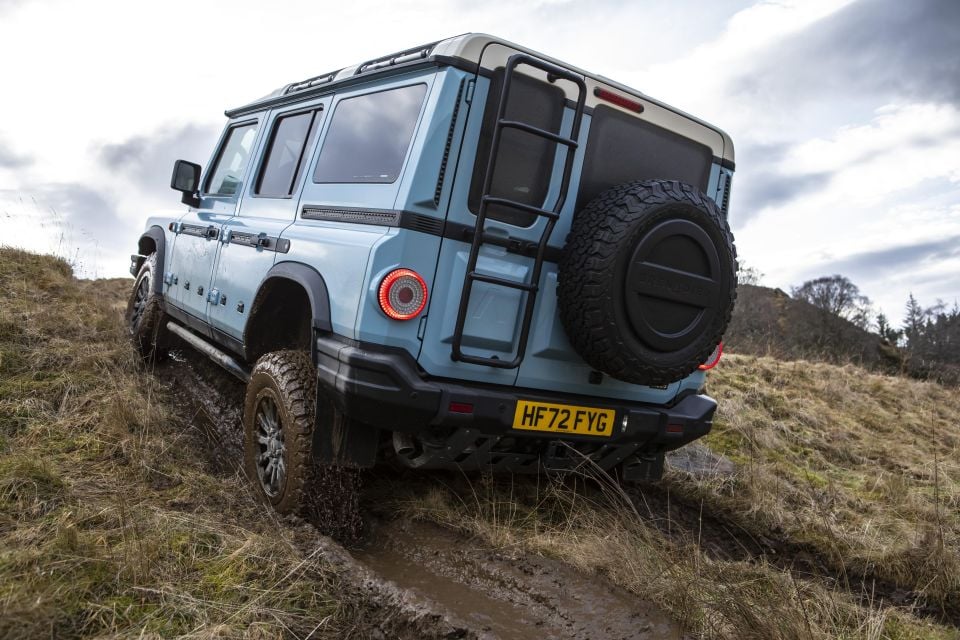
“We’ve now handed over a… handful in Western Australia, which got off early. They’re out there touring around in their vehicles already,” Mr Hocevar added, pointing to east coast port congestion as the reason why WA stole a march.
“We have started handing over a small number of vehicles on the east coast. This week we’ll start really stepping it up, between now and the end of the month there’s huge pressure on us to hand over as many vehicles as possible.
“There’s people that want to get their vehicles out the door before the end of the financial year, and there’s just all that eagerness of the customers, the eagerness of the network which is fantastic… they’ve now gone from planning to full swing operations.”
Mr Hocevar acknowledged the delays, considering pricing was announced in April 2022, a few months after prototypes started rolling off the ex-Daimler plant in Hambach. The company controversially increased prices by about 15 per cent in November 2022.
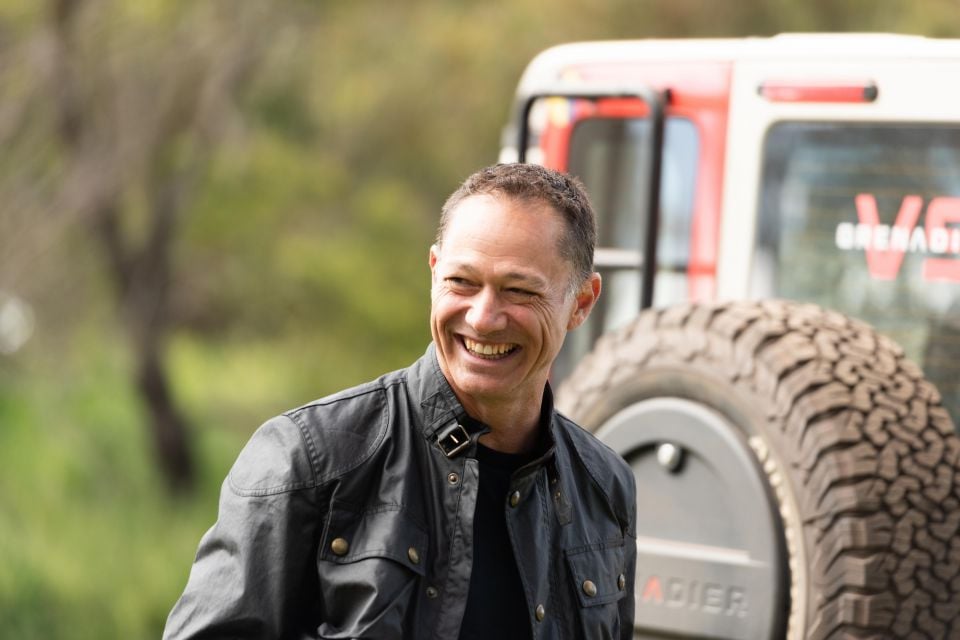
“… We started series production back in October… The intention was to get vehicles on ships as quickly as possible and out here and start handing them over in Q1,” he said.
“We missed that timing essentially because we introduced this batch-and-hold process. When we were rolling off those first vehicles, we just wanted to make sure that they were perfect.
“That created some real challenges for us… it did create some real delays. But once we started clearing through that bottleneck throughout Q1, we’ve been able to get vehicles on ships and so on.
“It’s gone from being small numbers of handovers to now we’ll really start ramping up into more significant deliveries, particularly in July.”
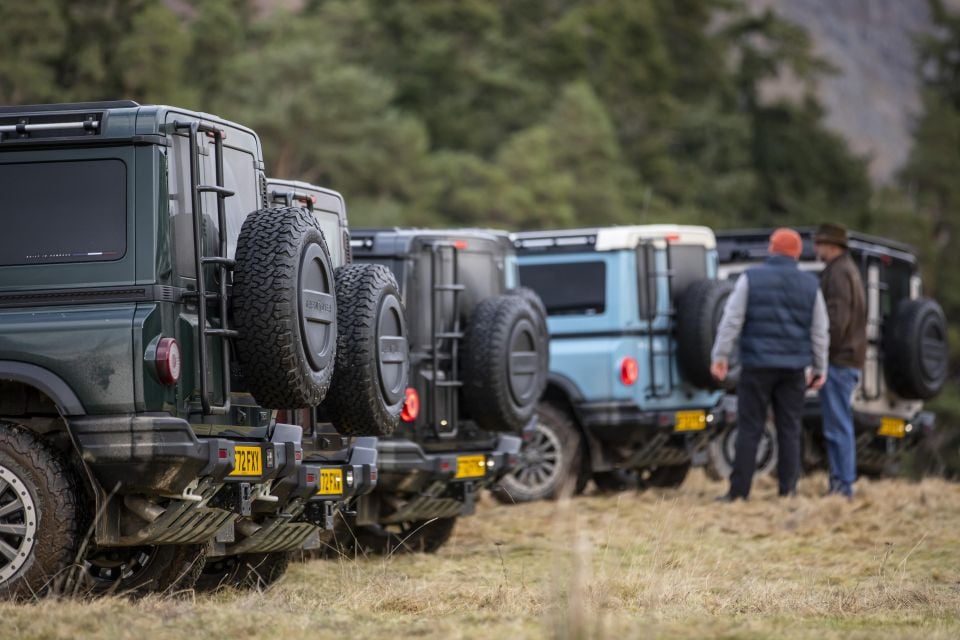
At the current run rate, Mr Hocevar said he was hopeful that those who put money down in 2022 will have their Grenadier before the end of this year.
“Anybody that started to come on board in 2023 with an order, some of those people will make it inside of this year too, but some of them will definitely tip over into next year,” he added.
“As a number of full series production demonstrators become available around the network, we are seeing more and more orders start to come in [too],” he added.
Mr Hocevar said it was company policy not to disclose sales numbers yet, stating only that Australia was a top-four market for the new ground-up 4×4 – it was a top-three player until the USA came on stream…
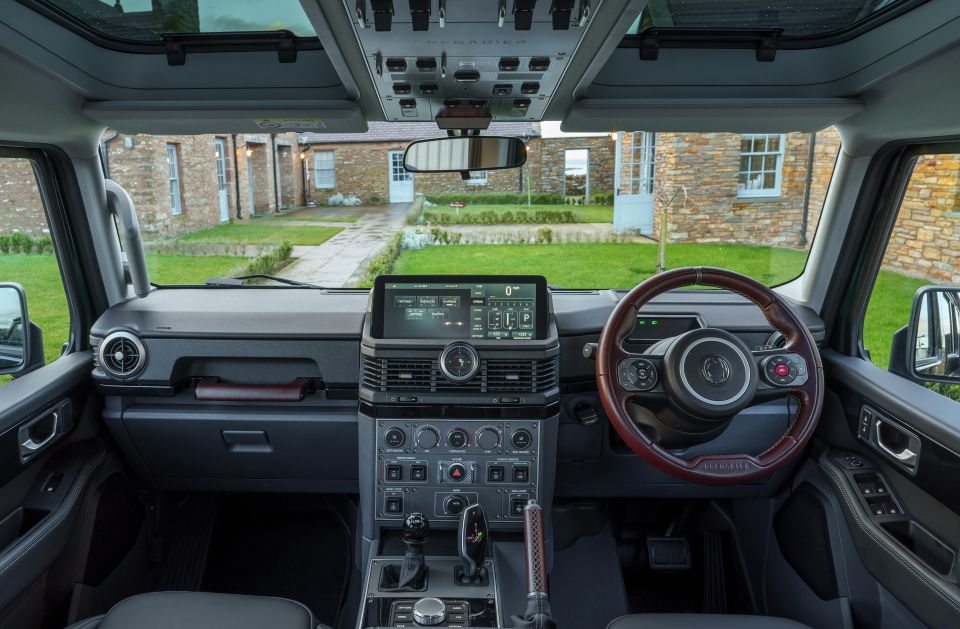
Production levels are quite limited in the grand scheme, with current annual capacity of just 17,000 units, which will almost certainly be doubled with the addition of another shift soon.
“But we’ve got to walk before we run here,” Mr Hocevar added, stating the company was launching with around 30 brand stores in Australia – via a fixed-price agency model – including five in capital cities and 25 in regional hubs, reflecting the Grenadier’s target audience.
When asked about who was buying the Grenadier, and what vehicles they were trading in, Mr Hocevar said it was a more diverse bunch than expected.
“… It’s so diverse, it’s really surprising. Because of the nature of the vehicle and the story behind it, you’d expect a certain type of customer to be coming our way,” he told us.

“There’s people that are avid four-wheel drivers who have had all sorts of custom 4x4s in the past. But equally, there’s people that just love the idea of the vehicle, love the story behind the vehicle.
“There are some people that will buy it who won’t necessarily spend every weekend touring around in the Outback, but they might have the one big trip every year. There’s also of course been a lot of people that have also been attracted to the vehicle for its towing credentials.
“There’s also people that have been drawn to the design of the vehicle because it’s got a point of difference in this day and age of very, very similar SUVs. And so the nostalgic design of the vehicle struck a chord with people [too].”
While we take this with a pinch of salt, Mr Hocevar also said some buyers were attracted to the brand because they liked the fact it was selling vehicles using an agency model, meaning it owns all inventory and sets the price in stone – using dealers as test drive centres, handover points, and service garages and limiting their autonomy.
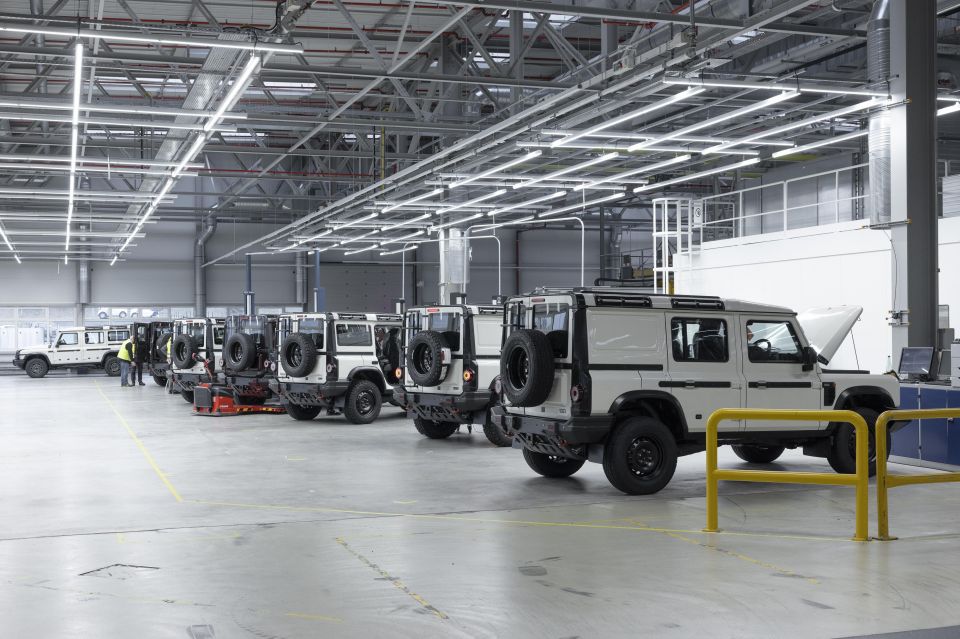
“We’re a direct to consumer brand, we don’t just wholesale our inventory into a franchise network and hope for the best,” he said, adding “there’s just never a discussion on price when it comes to our brand.”
Background
Australia is one of the main global markets for the rugged Grenadier, billed by some as a spiritual successor to the original Land Rover Defender, others as a Toyota LandCruiser 70 Series competitor without the agricultural aspects, and by a few as a left-of-centre Mercedes-Benz G-Wagen alternative.
The Grenadier is the brainchild of Sir Jim Ratcliffe, the British billionaire engineer and chairman of multinational petrochemical giant Ineos. No expense has been spared on his passion project.
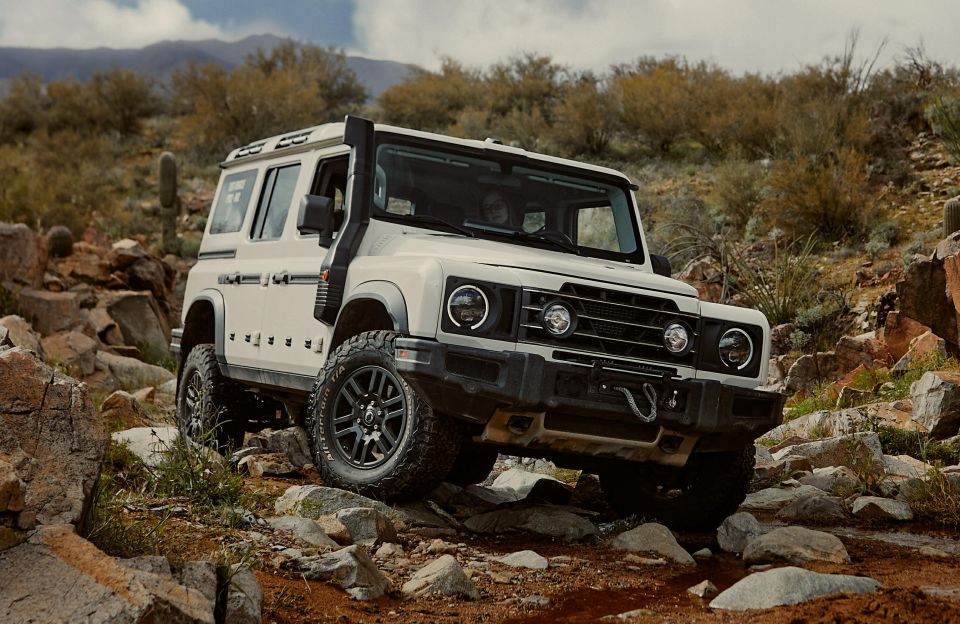
The official story says Ratcliffe was hanging out in London’s Grenadier pub in 2017, bemoaning Land Rover’s decision to kill the old Defender and replace it with the more modern and luxurious new SUV model.
Ineos Automotive Australia will be a factory-backed operation rather than an independent licensed distributor, with Australia considered an important launch market.
Production Grenadiers are going to be built at an old 210,000 square-metre Mercedes-Benz (Smart) plant in Hambach, France, since purchased by Ineos. Since 2019 the plant has received a claimed $770 million AUD in upgrades, funded by both Mercedes-Benz and Ineos.
The bespoke development vehicles were built by Magna in Austria, and underwent a widely covered and public torture-testing program. There are heavy duty Carraro beam axles at each end, paired to five-link coil suspension supplied by Eibach.
Power comes from straight-six diesel and petrol options, both of which have been sourced from BMW and are codenamed B57 (diesel) and B58 (petrol).

Ineos says these engines, in use across BMW sports cars and SUVs since 2016, have been tested in the Grenadier across 1.8 million kilometres and diverse climates. Effort was taken in the tune to unlock torque down as low as possible, the company adds.
All Grenadiers come standard with permanent four-wheel drive (4WD), with low-range accessed through a 2.5:1 Tremec two-speed transfer case. Matching the class leaders, the Grenadier will also have a 3.5-tonne braked towing capacity.
For vehicle pricing and our first review from Europe, click the links below.
MORE: 2023 Ineos Grenadier review MORE: 2023 Ineos Grenadier price and specs MORE: Ineos plans to support independent mechanics and the 4×4 aftermarket
Where expert car reviews meet expert car buying – CarExpert gives you trusted advice, personalised service and real savings on your next new car.


CarExpert.com.au
4 Hours Ago


Damion Smy
2 Days Ago


Derek Fung
2 Days Ago


Ben Zachariah
5 Days Ago
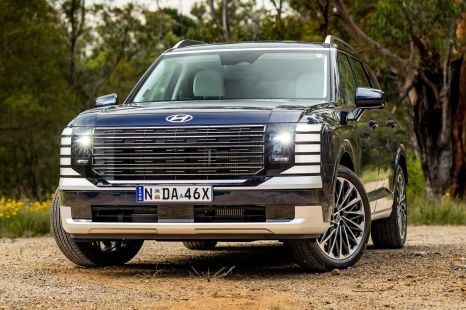

Matt Campbell
8 Days Ago
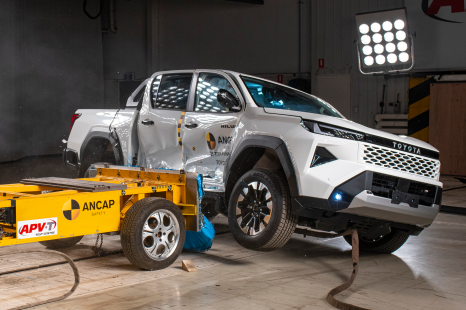

William Stopford
14 Days Ago